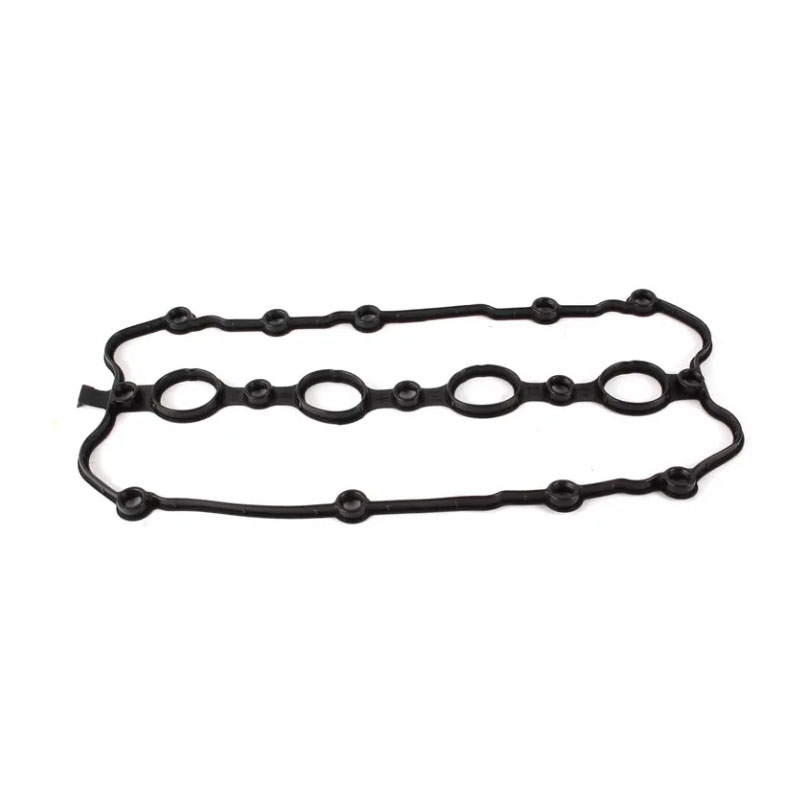Inner Drive Shaft Seal - Essential Component for Automotive Performance
Understanding the Inner Drive Shaft Seal Importance and Maintenance
The inner drive shaft seal plays a crucial role in the smooth operation of any vehicle's powertrain. It is a component that helps contain fluid within the transmission and prevents contamination by keeping dirt and debris out. Positioned typically at the point where the drive shaft connects to the transmission, this seal ensures that lubricating fluids such as automatic transmission fluid (ATF) or differential oil remain contained, which is vital for optimal performance.
Over time, drive shaft seals can wear out due to friction, exposure to heat, and the constant movement inherent in automotive applications. A failing inner drive shaft seal can lead to significant issues, such as fluid leaks, which may result in reduced lubrication. This can cause severe wear and tear on the internal components of the transmission, ultimately leading to costly repairs. Therefore, recognizing the signs of a defective seal can save vehicle owners from expensive consequences.
Common indicators of a failing inner drive shaft seal include fluid leaks near the transmission or the drive shaft itself. Drivers may notice spots of fluid on the ground where the vehicle is parked. Additionally, an unusual noise, such as grinding or whining from the transmission, can signal that the lubrication is insufficient. If any of these symptoms appear, it is essential to have the vehicle inspected by a professional mechanic to determine whether the inner drive shaft seal needs replacement.
inner drive shaft seal

Maintaining the integrity of the inner drive shaft seal is paramount for vehicle longevity. Regular service and inspections should be part of any vehicle maintenance routine. Mechanics will often check for signs of wear during routine fluid changes or larger servicing appointments. They may also recommend replacing the seal preemptively if they identify any initial signs of deterioration.
Furthermore, using high-quality lubricants and fluids can prolong the life of the inner drive shaft seal. Opting for OEM (Original Equipment Manufacturer) parts during replacements ensures that the seal fits precisely and operates as intended, reducing the likelihood of leaks and failures.
In conclusion, while often overlooked, the inner drive shaft seal is a vital component that contributes to the overall health of a vehicle's drivetrain. By understanding its role, keeping an eye out for potential failure signs, and committing to regular maintenance, vehicle owners can enhance their cars' performance and longevity. Investing time in this small yet significant part of the vehicle can lead to improved reliability and reduced maintenance costs in the long run.
-
The Ultimate Guide to Boat Propeller Bearings and Trailer Wheel Bearings
News Jul.31,2025
-
The Essential Guide to Marine Bearings and Boat Trailer Wheel Bearings
News Jul.31,2025
-
The Complete Guide to Heavy Duty Seals: Protecting Doors and Spaces Efficiently
News Jul.31,2025
-
Essential Guide to Marine Shaft Bearings and Boat Trailer Axle Bearings
News Jul.31,2025
-
Comprehensive Guide to Marine and Trailer Bearings for Safe Boating and Transport
News Jul.31,2025
-
Comprehensive Guide to Automotive Oil Seals: Protecting Your Engine and Shafts
News Jul.31,2025
-
Understanding Automotive Oil Seals: Essential Components for Engine and Shaft Protection
News Jul.30,2025
Products categories















